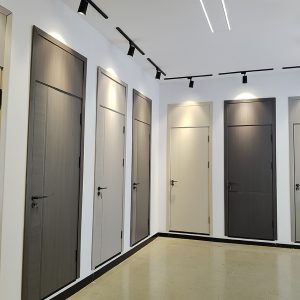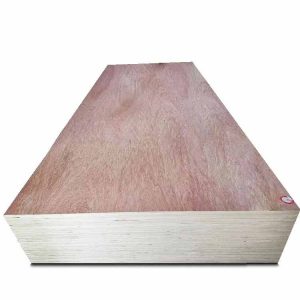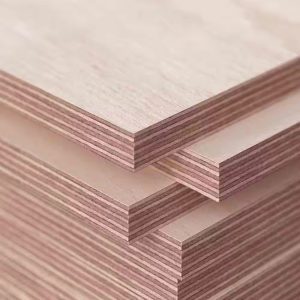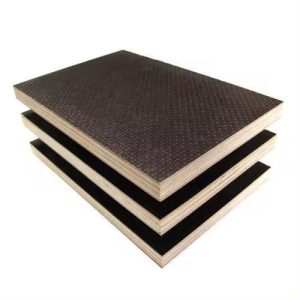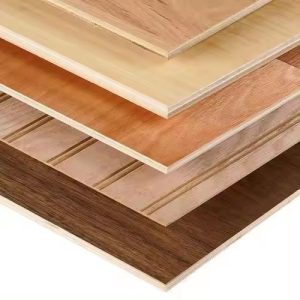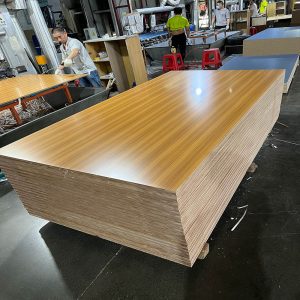Shiplap is a type of wooden board that has been around for centuries, used extensively in construction and home decor. Its distinctive overlapping grooves on the edges make it perfect for creating weatherproof seals, adding a rustic charm to homes, and serving as an effective acoustic panel. But have you ever wondered how this material is made? The journey from ordinary plywood to beautiful shiplap involves several steps and considerations.

The process starts with selecting the right kind of plywood. Not all plywood is suitable for making shiplap. The ideal candidate would be one that can endure moisture and resist decay – marine plywood. This type of plywood comes with a veneer layer that makes it more resistant to water and salt damage, a quality necessary for its use as shiplap. Understanding the properties of marine plywood compared to conventional plywood helps ensure longevity and effectiveness when exposed to harsh conditions like direct sunlight, heavy rain, or salty coastal winds.

Once the right plywood is selected, the transformation to shiplap begins. The key distinguishing feature of shiplap – its overlapping grooves – requires precision cutting. Specialized tools are used to create these uniform grooves along the length of the plywood panels. The depth and width of these grooves are crucial; they need to be deep enough to interlock securely while not so deep as to compromise the structural integrity of the wood. The process demands careful measurement and exactness, ensuring a seamless fit when installed.
After the boards are cut, they undergo a finishing process that enhances their aesthetic appeal and protects against environmental factors. Depending on the intended use, whether interior or exterior, different types of finishes are applied. For interior uses, a clear finish might suffice to maintain the natural beauty of the wood grain. Exterior applications may demand more robust coatings, such as paint or specialized wood sealants, designed to withstand the elements and prevent rotting or fading.
The distinction between marine and standard plywood becomes evident when considering their endurance and application. Marine plywood offers superior resistance against water and moisture absorption, making it the go-to choice for exterior projects. It’s this inherent quality that also makes it suitable for shiplap installations. By contrast, standard plywood without the protective veneer layer might warp, crack, or delaminate when exposed to similar conditions, limiting its usage primarily to indoor settings.

In essence, crafting shiplap from plywood involves choosing the right material, precision cutting, and proper finishing techniques. Marine plywood, with its enhanced durability and moisture resistance, stands out as the preferred base material for shiplap intended for external uses. As shiplap continues to gain popularity in both modern construction and home improvement projects, understanding its production from plywood will help enthusiasts make informed decisions, ensuring their projects not only look good but also stand the test of time.

